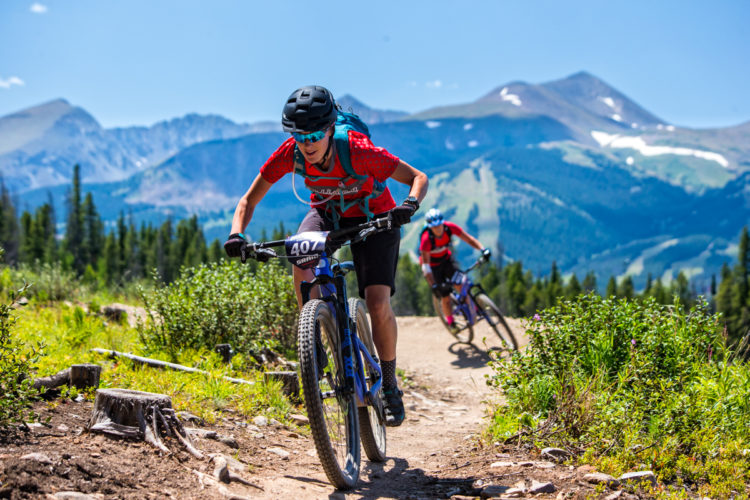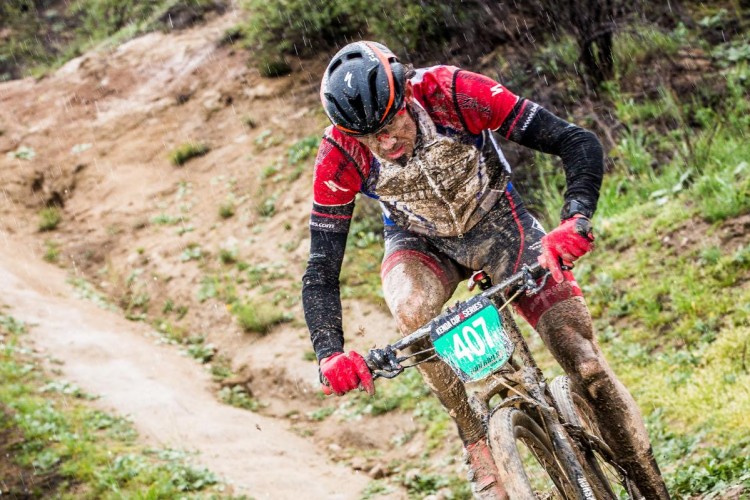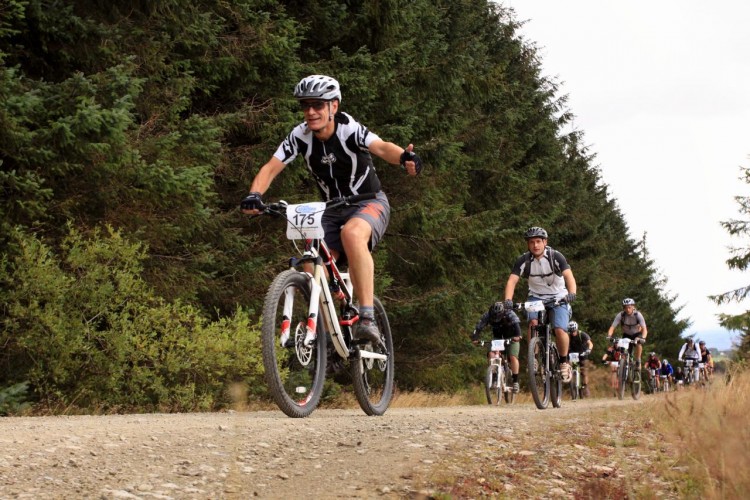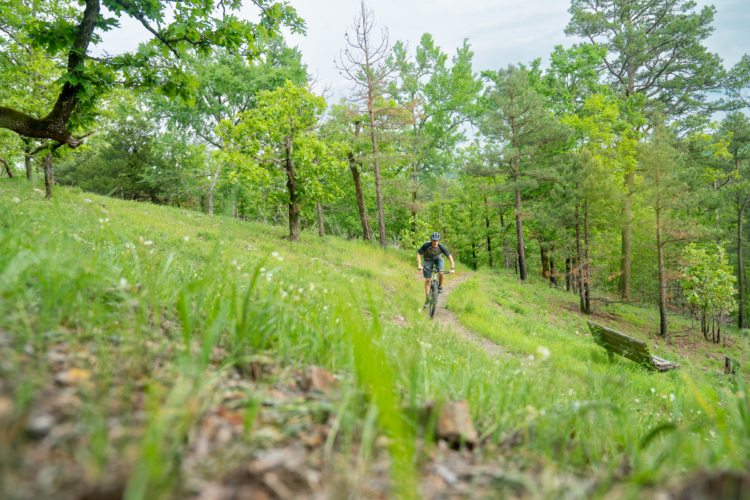Breckenridge 100. Photo: Mountain Moon Photography.
In the mountain bike world the closest thing we have to the runners’ Marathon is the dirty century, or 100-miler as some like to call it. Truthfully, riding a mountain bike 100 miles is way more difficult than running 26.2 miles. My brother is a runner and he recently asked me which was tougher – running the Richmond Marathon in 2005 or riding the Cohutta 100 last month. Without hesitation I answered the 100-miler – it took me 3 times as long to complete!
Unlike Marathons that are held in just about every US city each year, there just aren’t many 100-mile mountain bike races to choose from. If you think you’re up to the challenge, take a look at these tips for finding the right race and then sign up – there’s nothing like signing your name and plunking down some cash to get yourself motivated and committed! (Here’s a list of 100-milers if you’d rather skip the tips.)
Location, location, location
Location is the most important thing in real estate and for 100-milers it’s pretty important as well. Most, if not all, races are held in scenic areas and riding 100 miles is a great way to tour a new area. Obviously travel logistics play a role as well – traveling across the country with all your gear can be stressful just before such a big event. Many races have mandatory check-ins the night before the race so keep that in mind as well.
Elevation gain

After the location, this is usually the first thing riders want to know about a course. In putting together our list of 100-milers we were actually pretty surprised at the range of elevation gains among 100-mile mountain bike races. Only two were under 10,000 feet while the biggest gainers featured 17-18,000 feet of climbing!
For those who are “allergic” to climbing, we found one dirty century in Florida that doesn’t sound too bad (though we couldn’t get an official bead on the total elevation gain).
The course description
Veteran 100-mile racers will tell you the difficulty of a course is largely determined by the percentage of singletrack so if you want an easier ride, stick to races with less than 50% singletrack. Sure, riding 100 miles of singletrack sounds like fun but it can be exhausting.
Finding 100 miles of continuous dirt is difficult so many races feature multi-loop courses which can feel like riding a hamster wheel. Out-and-back races are also common and give riders more varied scenery; only a few race courses feature true single-loop routes.
Time of year
The “dirty century” season seems to be May through September here in the US so choose a race that will work with your training schedule. If you ride hard all summer, a September race might work well since you’ll be hitting your peak performance then.
Likewise, if you live somewhere with a lot of snow it might be tough to get in enough training rides before May. I try to avoid riding in the heat and humidity here in Georgia so I like to get my long rides in during the spring and head to cooler climates in the summer.
Cost
Registration costs for 100-mile mountain bike races range from free ($0!) to nearly $300; on average expect to pay about $150. You generally get what you pay for (free races generally don’t provide support or schwag) but shop around if you want to save a few bucks.
Keep in mind that most races don’t allow you to re-sell your number to another rider outside of official exchanges. These exchanges take a cut (up to 50%) so don’t sign up for a race unless you’re willing to commit.
Event size
Some riders like big races while others prefer more intimate experiences – but if it’s your first race I recommend going big. Riding 100 miles is tough but it’s a little easier when you have other folks around to commisurate. Due to the small number of races held each year many sell out so registering early is key. Small races may have just a few dozen riders while big events, like the Leadville 100, can have upwards of 1,500 competitors.
The Leadville 100 is also unique among dirty centuries in that riders must enter a lottery for a race number (despite having 1,500 slots!) However, up to 50 riders can sign up for the “Camp of Champions” with a guaranteed race entry – for a cool $2,000. See “cost” considerations above.
Now that you know what to look for in a 100-mile race, it’s time to choose a race and sign up! We’ve put together a spreadsheet showing various 100-mile mountain bike races across the US to help you find the right event for you. Are we missing a race? Feel free to add it and help us maintain this resource.













10 Comments
May 31, 2012
Anyone remember the "virtual mountain bike races" we posted on singletracks back in 2002/2003? I didn't think so. :) Now there's wide enough GPS usage that Strava has been able to make the concept work.
May 31, 2012
May 31, 2012
May 31, 2012
Oct 15, 2013
May 31, 2012
May 31, 2012
And you left off the Vapor Trail 125! (Or is that a whole other category?)
May 31, 2012
May 31, 2012
May 31, 2012
May 31, 2012